Now, let’s get to know Istanbul and start our journey from the historical peninsula.
Istanbul is the only city in the world located between two continents. The city lies at the southern end of the Bosphorus, the most beautiful of all straits, as the French expert on ancient works, Peter Gylius, wrote. The strait that flows from north to south, from the Black Sea to the Sea of Marmara is 32 kilometers long. The Bosphorus, near the southern end of the  Bosphorus, joins the Golden Horn and these together join and flow towards the Sea of Marmara and form a crown of water, as it is called by the Byzantine historian Prokopis, circulates around the city .
Bosphorus, joins the Golden Horn and these together join and flow towards the Sea of Marmara and form a crown of water, as it is called by the Byzantine historian Prokopis, circulates around the city .
The oldest part of the city, known as Istanbul, is located on the European side of the Bosphorus and is in the shape of the triangle of a peninsula with seven hills. The first of the seven hills mentioned by Gylius in his memoirs is a point called Sarayburnu on the triangle where the Golden Horn intersects with the Bosphorus, and this nose is called Sarayburnu in honor of the Topkapı Palace, where the Ottoman Sultans occupied to build their palace. This is where Megaralı Byzantium and his companions settled in 660 BC. and they founded the Greek city called Byzantium. From this hill you can see the Bosphorus Bridge and the Golden Horn. The palace gardens, which were once the gardens of the Topkapı Palace, are now public parks. When you go down from here, the train station on the left side of the road is the last train station built in 1890 for the Orient Express. The road continues to the ferry pier which goes from here to several districts such as Üsküdar, Beşiktaş, Kadıköy, Harem on the Asian side of the Bosphorus.
We are approaching the Galata Bridge which connects the Eminonu district to the Galata district via the Golden Horn. The great mosque, known as the Yeni Mosque, dominates Eminönü. This magnificent mosque was built in 1663 by Turhan Hatice Sultan the mother of Mehmet IV. In the south of the mosque, the opposite “L” shaped structure is the Spice Bazaar built to generate income to the Yeni Mosche. The neighborhood, where the Yeni Mosque is located, has been a Jewish settlement for centuries. The Jews who lived here were sent to the Balat neighborhood three kilometers further on the Golden Horn, to make room for the construction of the mosque.
After crossing the Egyptian Bazaar and exiting the western gate, 200 meters further on, we reach the Rüstem Pasha Mosque. The mosque was built in 1561 at the behest of the Grand Vizier of Suleiman the Magnificent, Rustem Pasha, husband of Mihrimah, the Sultan’s only daughter.
The plan of the mosque has the shape of an octagonal placed on a rectangle. The interior walls of the Rustem Pasha Mosque are almost completely covered with 15,000 Iznik tiles. Like all the most beautiful Turkish tiles, those of Rüstem Pasha Mosque were brought from Iznik, whose former name was Nicaea where the first ecumenical council was held in 325. These wonderful tiles that cover not only the walls of the mosque, but also the its columns, mihrab and minbar make the Rustem Pasha Mosque one of the most beautiful mosques in the city.
Returning to the Yeni Mosque, we are now on the road between Yeni Mosque and the Egyptian Bazaar. In the garden next to the Spice Bazaar, there is a Flower Market, which is a popular market that specializes in plants, flowers, gardening supplies, pets and birds. At the end of the street, the large domed building on the right is the mausoleum of the Yeni Mosque. Turhan Hatice, mother of Sultan VI, is buried in the mausoleum with six ottoman sultans; Mehmet (1640-48), II. Mustafa (1695-1703), III. Ahmet (1703-30), I. Mahmut (1730-54), II. Osman (1618) and V. Murat (1876).
There is a small polygonal building at the corner of the wall surrounding the mosque garden, opposite the tomb. This is the home and workplace of the astrologer of the mosque called “müneccim”. The astrologer adjusts the times of the 5 prayers, which are read (ezan) five times a day, and calculates when the sun rises and sets during Ramadan.
Near the corner, there is a water dispenser (sebil) of the Yeni Mosque complex. As it is today, the sebil officials used to distribute water to the thirsty people passing by through the grille windows.
Famous confectioner Hacı Bekir, founded in 1777, is today the oldest confectioner in Istanbul. Hacı Bekir was I. Abdulhamit’s head confectioner and for the first time he produced the sweet called “lokum” which was sold in this shop.
Right next to Confettiere Haci Bekir’s building is a two-story brick-stone building, which is the old Ottoman Commercial Chamber. The building, which completely covers the opposite side of this street, built in 1926 which was the Ottoman foundation, is now a 4-star hotel. When we go up the hill to the right, we pass the large Provincial Palace, and we come to the Cagaloglu Hamam, one of the most beautiful Turkish baths.
Cagaloglu’s Hammam was built in 1741 for I. Mahmut and has served as a continuous bath ever since. There was once a historic Ottoman bath in almost every neighborhood in Istanbul. Because most of the poor people in the city did not have a bathroom in their homes, and it was necessary to go to a bathroom once a week to thoroughly clean the body for Friday prayers.
The Turkish baths are the direct heirs of the ancient Roman baths and are built according to the same general plan. Each Ottoman bath is made up of two parts, the male section and the female section, and each part consists of three parts: frigidarium, tepidarium and calidarium.
Frigidarium (soğukluk) is used as a waiting room and changing room. This is a rectangular room with a small fountain in the center, mostly covered with a dome. There are booths on the walls where the clothes are left. Then we go to tepidarium (ılıklık). This is a medium temperature passage that contains cold air on one side and hot air on the other and the services are located here. Finally, we enter in a hot room (sıcaklık) that the Romans call the calidarium. In the center of this octagonal room, there is a large marble platform, heated from below, where customers lie down, sweat and have a massage.
When we turn left and down 150 meters from the first intersection after the bath, there is a large portal decorated with two elegant baroque fountains in a corner built in a turkish rococo style. This is the Sublime Porta, where the study rooms of the Grand Vizier are located and the foreign ambassadors presented the letter of trust. With the proclamation of the Republic, the Sublim Porta was used as a Provincial Palace.
From here, when we follow the outer walls of Topkapi Palace and walk up to Gülhane Park, to the right of the tram line we will see the Sultana Zeynep Mosque, a small Baroque mosque built by III. Ahmet in 1769 in the name of his daughter Sultana Zeynep. Mehmet Tahir Ağa, the greatest Turkish Baroque architect, carried out the design and construction of the mosque. The mosque is a beautiful and unique example of Turkish Baroque architecture. It consists of a small square room covered by a dome. The mosque is built with brick and stone and resembles a Byzantine church because it has a Byzantine style dome. There is an elementary school and a cemetery on the corner of the lower street of the mosque.
Facing the diagonal of the Sultana Zeynep Mosque, we see wooden Ottoman houses, which were abandoned for a long time until the mid-1980s and which were restored by the Turkish Touring Club. Here are a dozen nineteenth-century wooden Ottoman houses, resting on the wall of the Topkapi Palace. These houses were restored in two years and turned into a hotel.
But in those years, during an archaeological dig down the road, archaeologists found a Byzantine cistern supported by 6 marble columns that dates back to the late Roman period. This cistern is currently a luxury restaurant run by Turing Club. When we turn from this road towards Ayasofya, we come to the Caferaga Madrasa (coranic school), which is located at the end of a hidden road. This madrasa was built by the architect Sinan for Cafer Ağa, the eunuch of the harem of Topkapı Palace. This madrasa consists of a kitchen, a bathroom, a courtyard and 16 classrooms for students lined up around this courtyard. The Madrasa currently serves as a cafe and bazaar where Ottoman handicrafts are produced and sold.


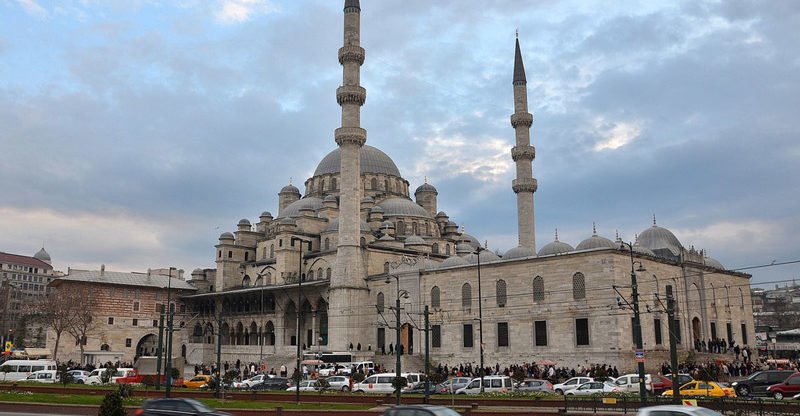
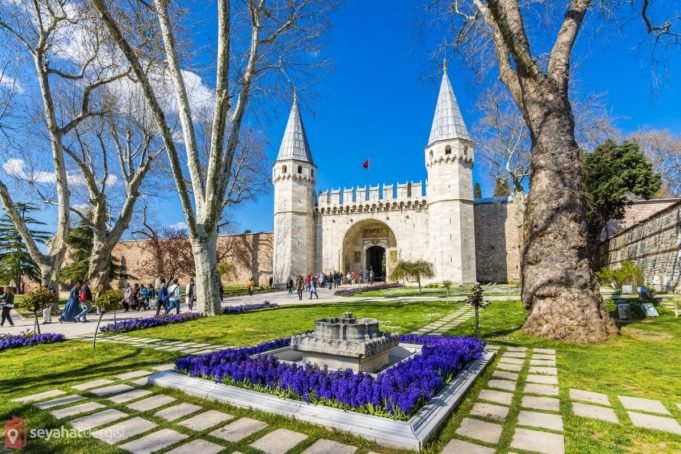
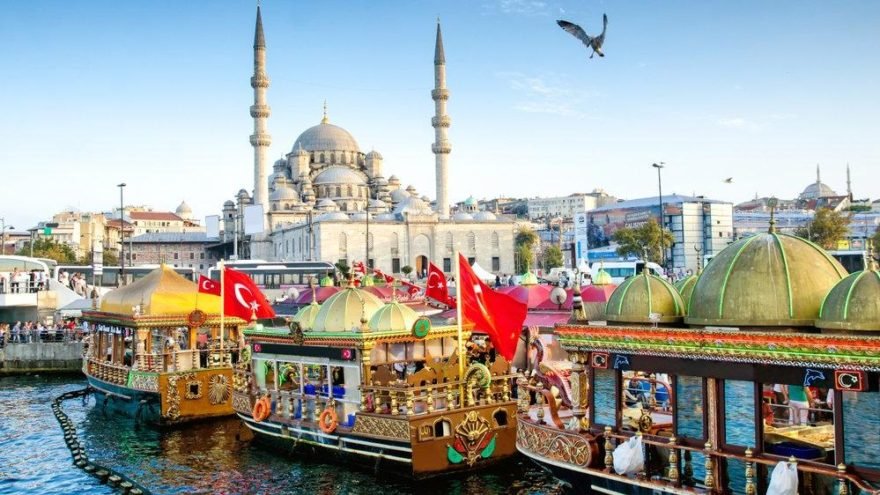

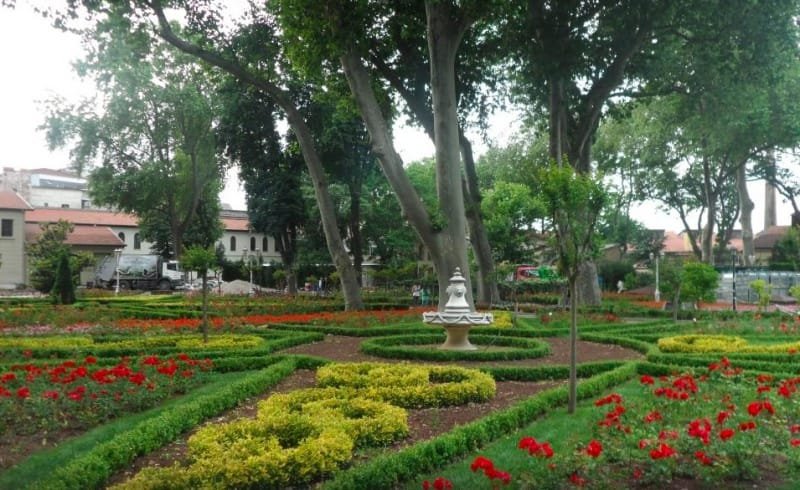
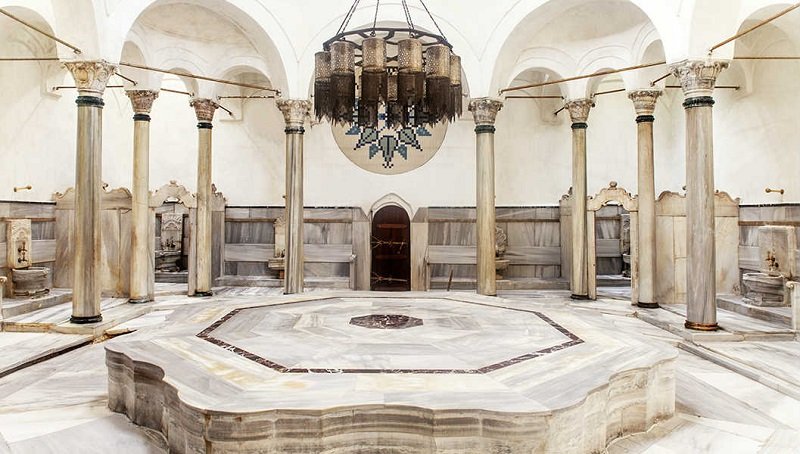


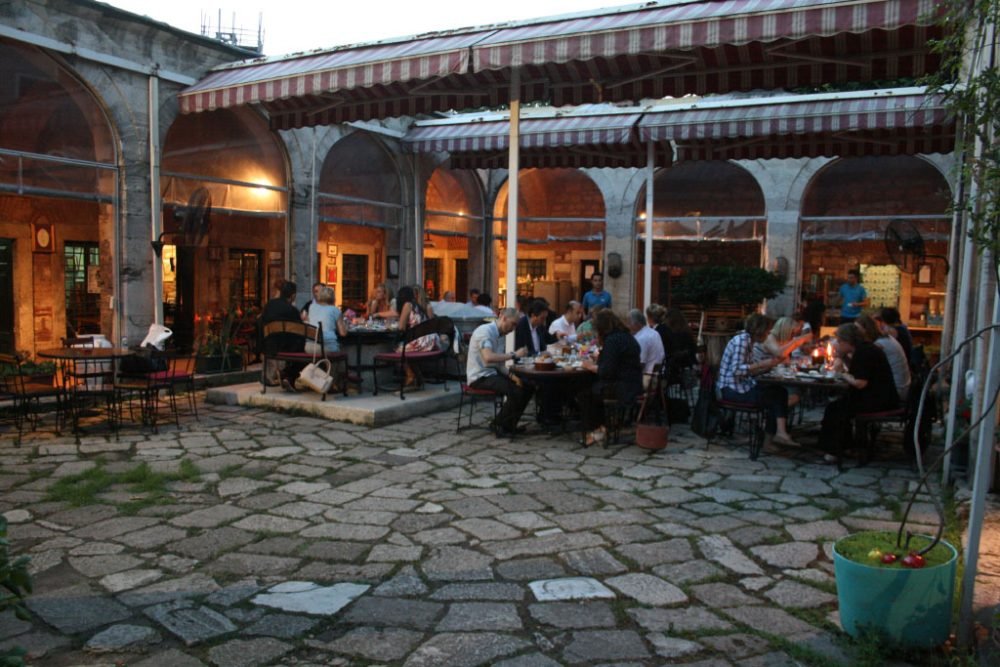



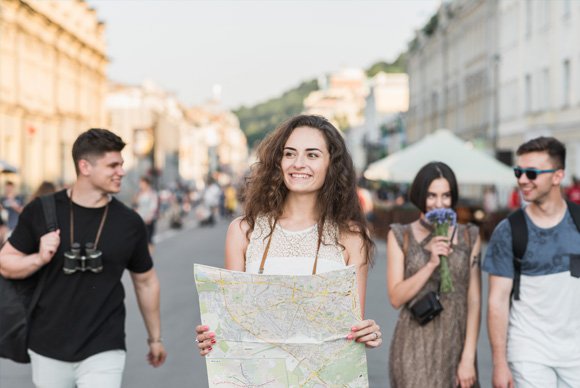






RECENT COMMENTS